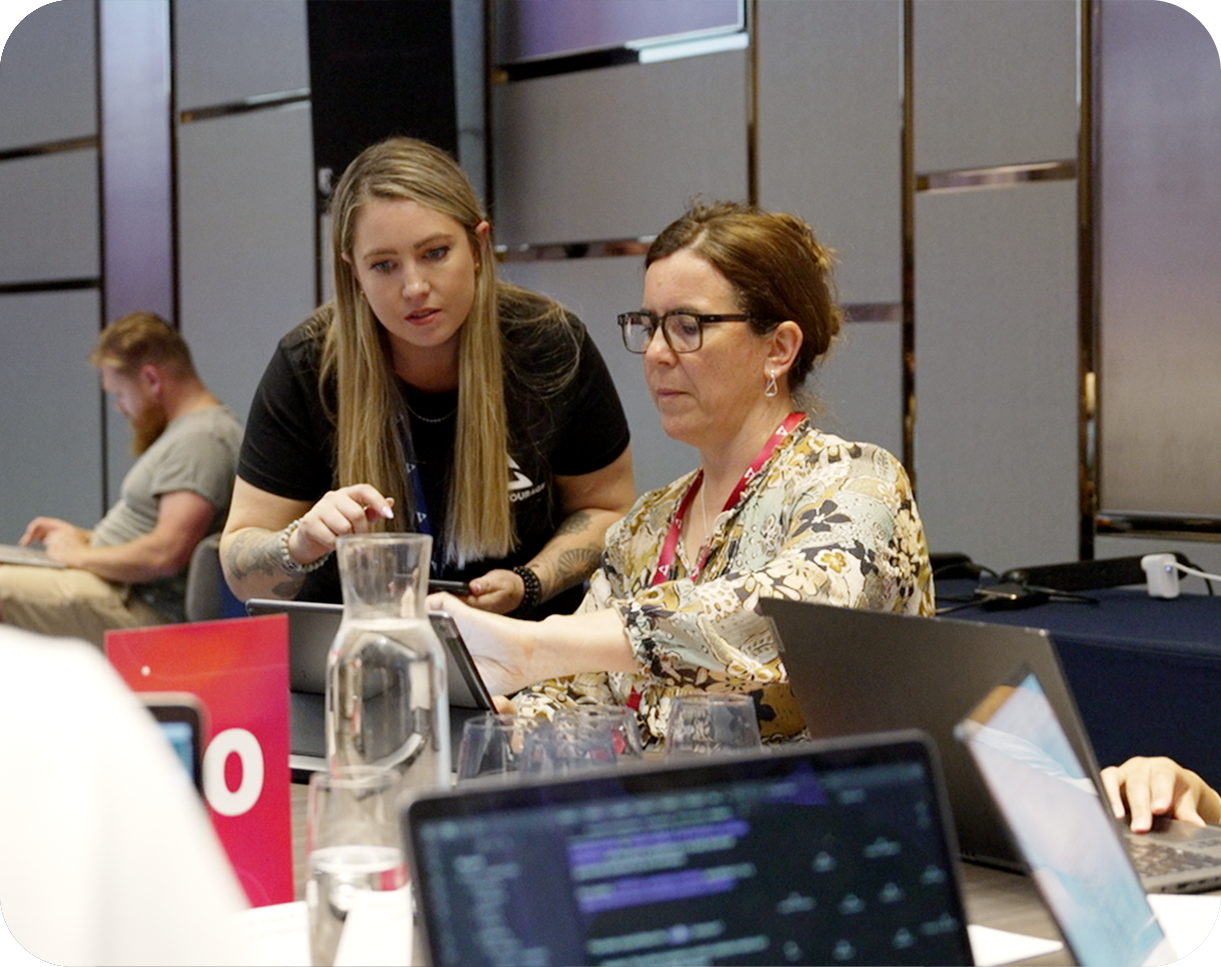Your office’s wires and internet connection are the veins and arteries of the business. It can't live without them. So, you’ll want to make sure each wireless node and all your ethernet cables are placed properly and maximise their use. After all, it can’t be a thriving ecosystem when you’re tripping over cables, having to dodge dead zones, and waiting for pages to load.
Thankfully, there are plenty of tips you can use to change any labyrinthe of electricals into a sleek superhighway. Here are just some of the best ways to ensure your office network is set up for success, both in the short-term as well as over the years to come and as your company continues to scale.
What’s So Important About Office Network Design?
Beyond the inconveniences of tripping and tying yourself up in cables, your office network has a major impact on your business’s reliability, scalability, and performance. It might not be the heart of your business, but it’s certainly one of the wheels you need to keep greased. Your office’s network connection determines the quality of calls with clients, how easily team members can share resources between each other, and how many people can be working at once. In this regard, the strength of your office network does indeed have some influence over how sustainably you can scale up your enterprise. Even a small business should consider how their current connectivity infrastructure will handle larger workloads if they’re hoping to expand.
Why Ethernet Connections Matter
Wireless is a pleasure when you’re on the go, but for an office it’s often a nuisance. Why? Because it’s slower and less reliable. It also means that file downloads and transfers fail more often, and interference can be an issue too when there are many devices in the area. Because of this, office desks need ethernet cables. They prefer leaps and bounds better than a wireless connection, and can easily be strung through most desks and office spaces.
Placing Your Ethernet Switch
Of course, nobody wants loose ethernet cables all over their office space – that’s where ethernet switches come into play. Basically, the ethernet switchboard is the hub for your wired connections. These nifty devices come in sizes great and small, so you’ll want to pick one that suits your office and team size.
For instance, a major operation may prefer to have a switchboard at the centre of every desk clump, while a smaller one may use one master board for the whole office. When designing your office space, this spiderweb of ethernet cables should be a major part of your considerations, because much of your work will revolve around its accessibility. So make sure that your switch is at the centre of your operations, or has a place for all its wires to do their work without risk of being tripped over, or broken.
Choosing the Right Ethernet Cables
Though the difference between ethernet cables has little effect on a personal connection, the difference between Cat6 and Cat7 can make a big difference when these cables are working at scale. Essentially, Cat (category) means ‘version’ for ethernet cables. Cat6 is standard, and can manage up to 10Gbps, but Cat7 can reach up to 100 Gbps.
You’ll also need to consider the physical differences between each cable Cat. For example, a Cat7 is stiffer and can be bent far less than a Cat6, so these tend to be permanently installed, immovable cables – your mother cables. Everything else can be handled by Cat6 or less – with flat ethernet cables being best between computers, laptops, or other devices that may be disconnected from ethernet network connections regularly – be it due to tech upgrades or just because those devices stay on-the-go as your staff work remotely or even maintain a hybrid working arrangement.
Where To Place Your Wireless Router
The convenience of wireless isn't just for the users, it's also for the person placing the router. Often, you can put it on top of a cabinet or in the backroom and be done with it, but there are a few details to note. One is your range, and heavy equipment can interfere with it. Walls, TVs, and even the microwave can interfere with your signal so be sure to avoid putting those between you and your router. Too many of these items can create dead zones where you will lose connection, but a weak router can also be the culprit, so be sure to invest in a proper machine (especially if you expect to have many devices connected at once).
Ensuring Scalability and Flexibility
Because you want to see your business grow and thrive, you don’t want to lock in a system that you’ll have to switch out when you bring more people on board. To do this, you can use a couple strategies.
The first is to keep your network modular – break up the network into separate sectors. You have one node for each team, and these can grow and change depending on each team’s individual needs.
Next you can have backups for your hardware – a spare ethernet switchboard or router can be installed quickly in the case that your current one breaks. That way you’re never offline for too long.
Finally, you want to keep an eye on your network. See where you’re having slowdown, bottom necks, or dead zones and make changes before they start to slow down your team’s work. An easy way to do this is to have a professional do a diagnostic each quarter, so you have a rundown of all potential issues without having inhouse IT staff.
Conclusion
At the end of the day, investing in your office network is naturally just one system in the complex organism that is your business. It’s the unsung hero of your office, but make no mistake that though a good office network may not be easily noticed, a bad network certainly is.
The goal is to slot your networking infrastructure investments nicely between your sales, marketing budget, customer service infrastructure, and everything else to ensure that your company can scale sustainably through the digital age.
Related Categories
Ryan Terrey
As Director of Marketing at The Entourage, Ryan Terrey is primarily focused on driving growth for companies through lead generation strategies. With a strong background in SEO/SEM, PPC and CRO from working in Sympli and InfoTrack, Ryan not only helps The Entourage brand grow and reach our target audience through campaigns that are creative, insightful and analytically driven, but also that of our 6, 7 and 8 figure members' audiences too.





